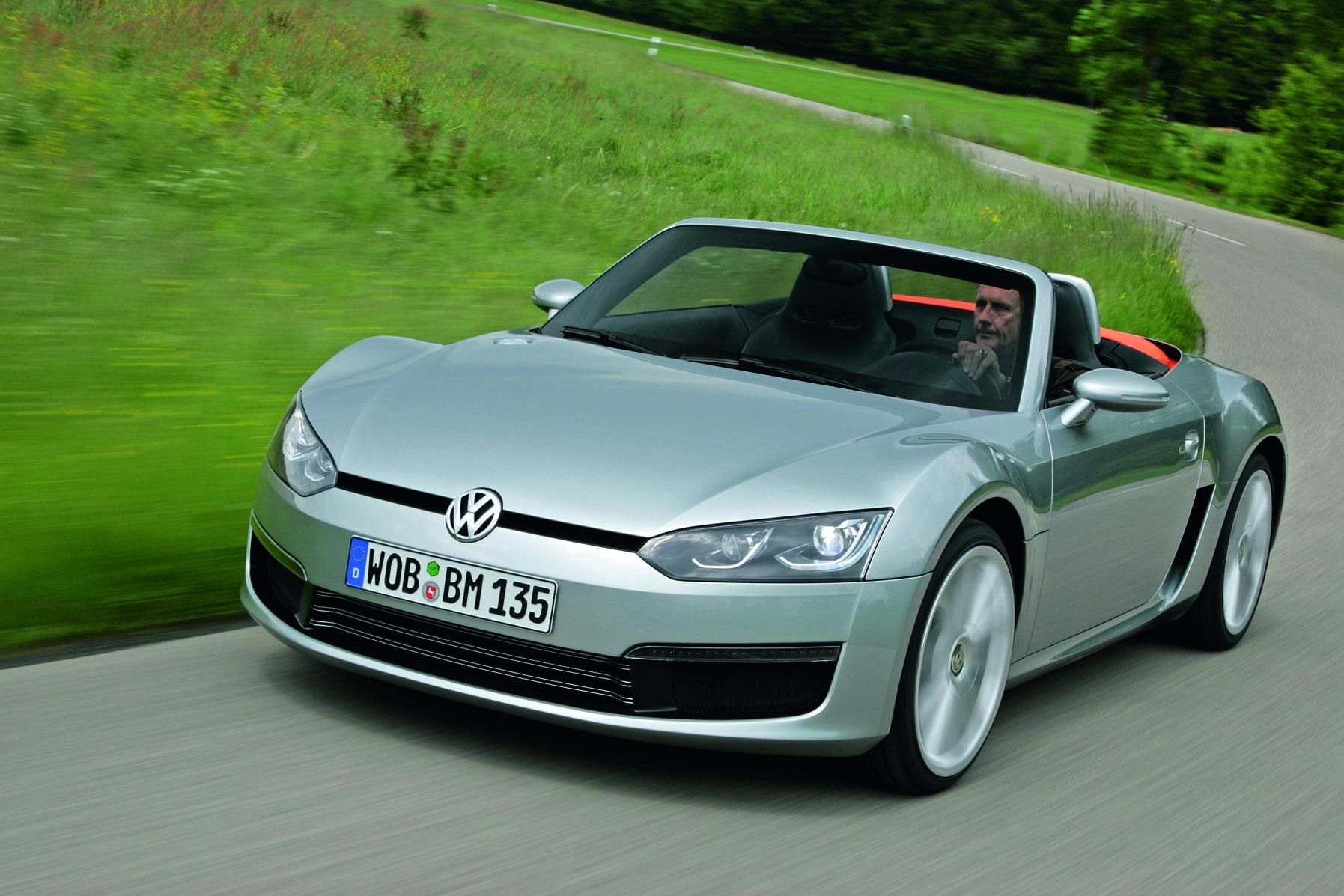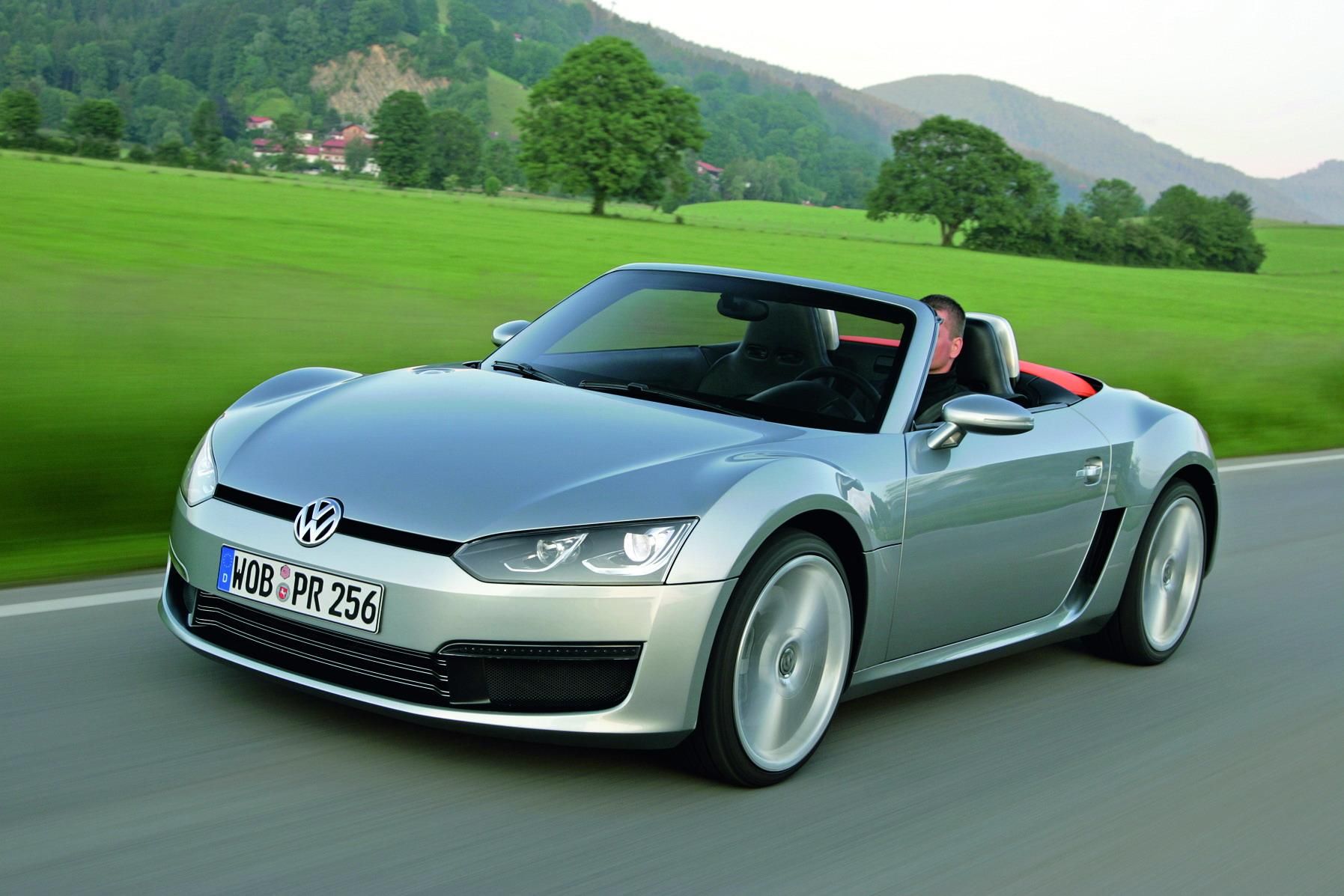If the recent rumors hold any truth, the audacious VW ID.R all-electric racer did serve a higher purpose than it was initially thought. It will lend a hand in developing the next-generation all-electric sports cars that VW plans to deliver by 2025.
Mind you, the said sports cars will only inherit a fraction of the ID.R’s mad performance potential - most likely in the form of e-motor technology and perhaps battery know-how, but that should make them less capable on the road.
Is Volkswagen's MEB EV Platform Capable of Supporting a Sports Car?
VW’s skateboard style MEB (modular electric drive matrix) platform currently underpins the ID3, but its wheelbase can be increased and at the same time, it allows for shorter overhangs, for the dynamic proportions we all like to admire in a sports car.
Autocar reports (citing “highly placed” sources within VW) that the upcoming ID.R-badged electric sports car will come in two guises: coupé and roadster. And we have absolutely no doubt that the MEB’s versatility and generous scaling options were a big factor behind VW’s decision to offer two body types.
Furthermore, VW can tweak the MEB platform to offer two-wheel-drive (front or rear) and all-wheel drive. On top of that, it can host either a single electric motor or a pair of those (each allocated to one axle).
To keep the parallel with the ID.R alive, VW’s monster EV packs two e-motors that deliver 500 kW (670 horsepower) sent to all four wheels. The batteries that feed these electric motors, however, are positioned next to the driver and behind the cockpit, something that’s not possible with the MEB platform, which is designed for battery storage in the center of the vehicle, right under the floor.
Volkswagen ID.R Specifications
|
Electric motor |
Dual motor 1 per axle Permanent four-wheel drive with active torque distribution |
|---|---|
|
Battery |
Lithium-Ion |
|
Power |
670 HP |
|
Torque |
479 LB-FT |
This arrangement works hand in hand with the purpose of a sports car because it spawns a low center of gravity and a well-balanced weight distribution ratio, two factors that directly influence the vehicle’s agility and driving-induced sensations.
We don’t know the ID.R’s battery capacity, but the ID.3’s top-spec pack offers a capacity of 77 kWh. For the sake of the argument, the largest battery pack available inside the Porsche Taycan is reserved for the top-spec Taycan Turbo S and Taycan Turbo. It is made of 33 cells of 12 clusters each and offers a capacity of 93.4 kWh.
According to Autocar, though, the new electric sports car from VW might be granted with a battery that uses a different chemical process than the ID3, along with a new cell architecture - one that could be inspired by the ID.R.


